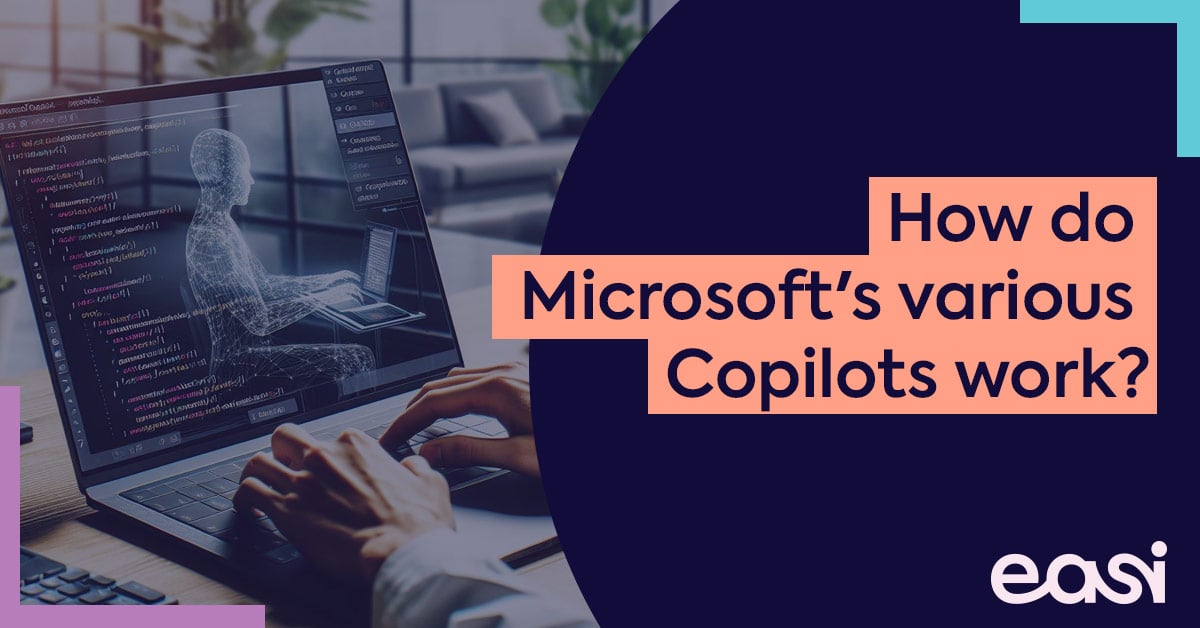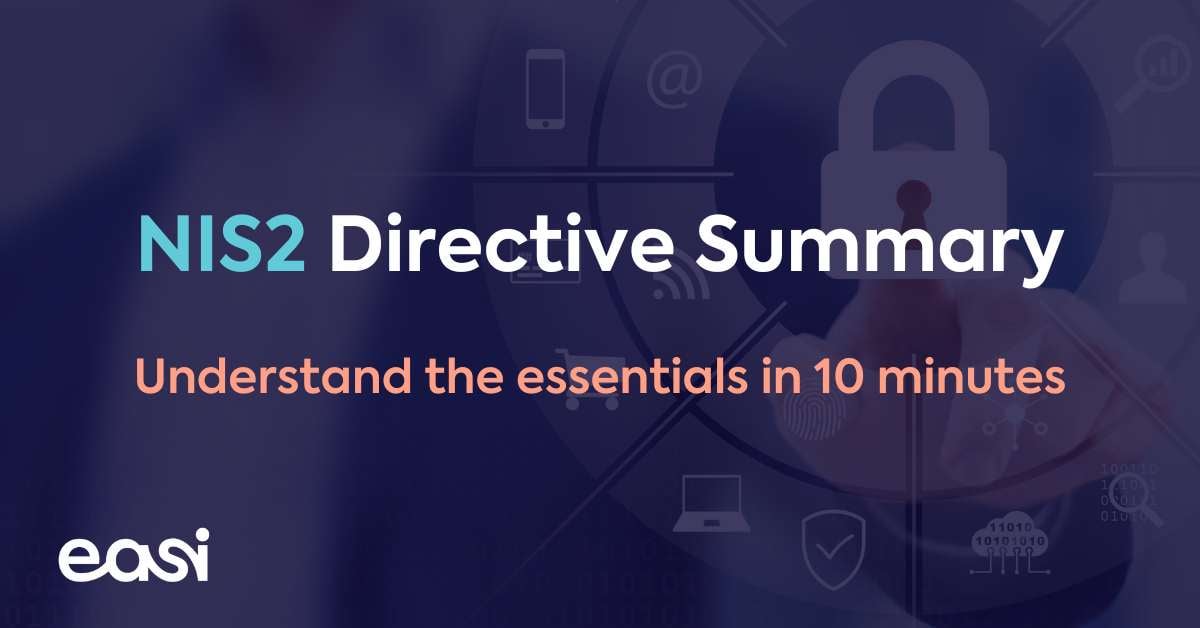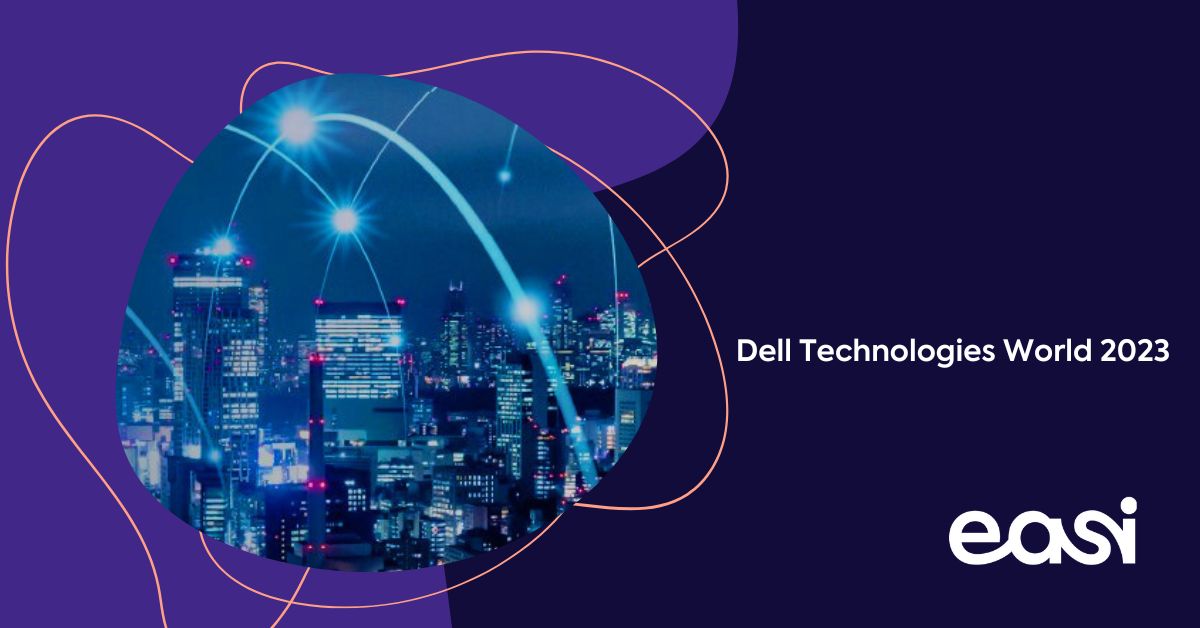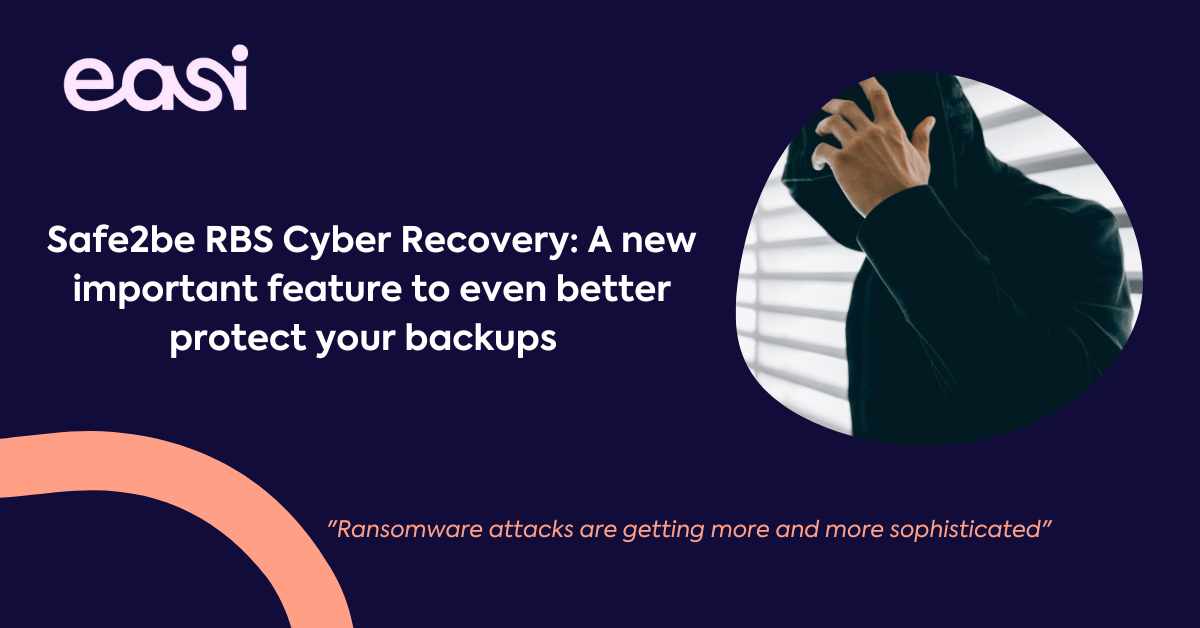In a previous article we wrote about how to calculate your RTO. It speaks for itself that the outcome will influence which DR solution you'll choose.
Nevertheless you could consider other additional services which ensures you the RTO can be met.
RTO has a broader purpose because it sets the boundaries for your whole disaster recovery plan, while RPO is mainly focused on the issue of backup frequency. Therefore other services may help you to ensure the availability of your infrastructure.
Hereby three examples:
Monitoring
Monitoring your IT system means that you have a better chance of preventing major disruptions. In combination with regular health checks you can identify any discrepancies within your systems and resolve problems before they impact end users.
SLA
A Service Level Agreement aims at ensuring technical interventions (remote or onsite) during a specified timeframe within a certain amount of time. On top of that it ensures a framework and procedures for your disaster recovery plan.
Testing
A disaster recovery plan gives you no insurance if it's not tested. It is critical to identify changes in the environment so that the plan can be updated. We recommend a minimum of 1 test/year, but feel free to test it more often. Make sure to include your key-users and ask for support from your IT-partner.





